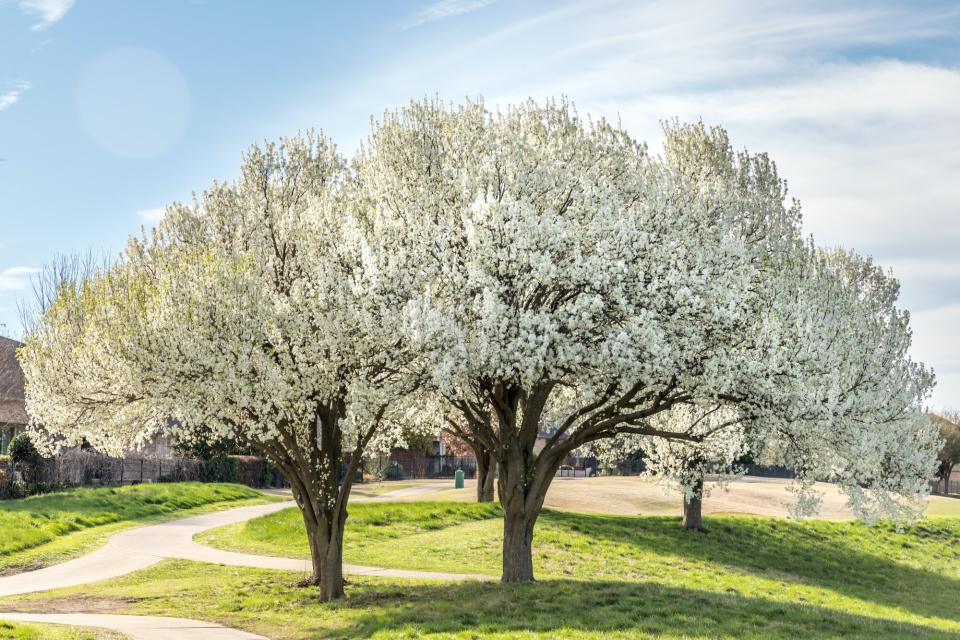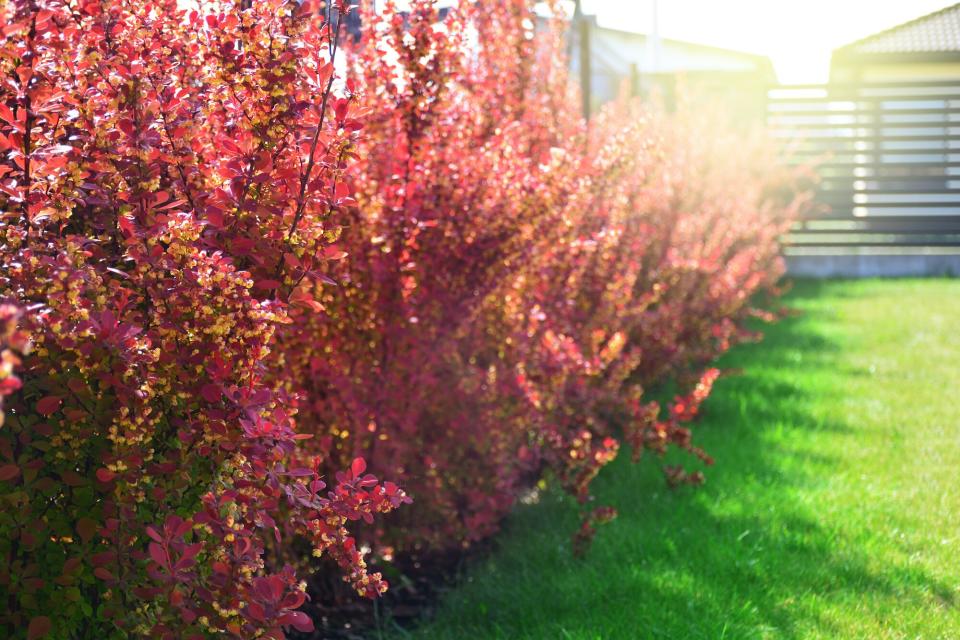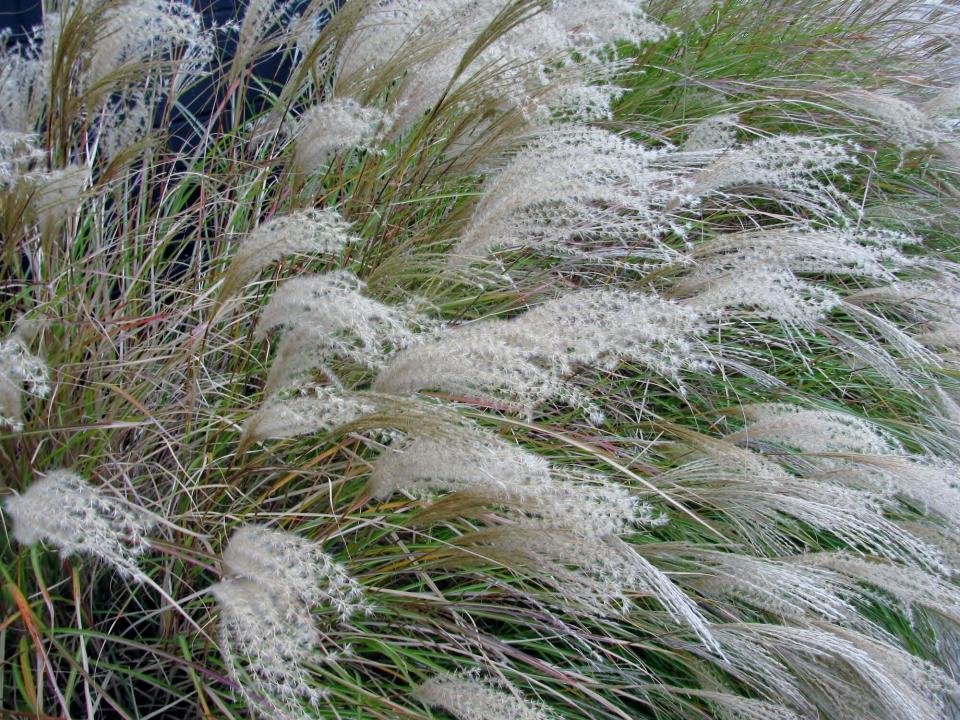5 Popular Plants You Should Never Grow in Your Yard
When you hear the phrase "invasive plants," you might think of a particularly vicious plant a la Little Shop of Horrors, but that's not really how invasive plant species work. Plants that are considered invasive tend to grow and reproduce unchecked in an area, taking up resources needed by other species of plants and essentially squeezing them and the animals that depend on them out. They're also free from natural checks and balances like predators, disease, and other plants. From an ecological standpoint, invasive species of plants tend not to support as much insect or bird life in the area.
"What we see many times is that people are unaware of the fact that the plants that they're choosing are invasive," says Ulrich Lorimer, the director of horticulture at the Native Plant Trust. "Even with increases in laws restricting their sale, some nurseries still sell invasive plants."
It's a good idea to do some research before planting new trees, bushes, or shrubs in your yard. Check with your state heritage program or with the Department of Environmental Conservation (DEC), which maintain lists of invasive plants. Problematic varieties differ from state to state and region to region, so a quick search of your local DEC will provide you with plenty of resources before your next home landscaping project.
RELATED: 6 Container Gardening Mistakes You're Making (and How to Fix Them)
Bradford Pear / Pyrus Calleryana
A common tree you might see lining a street, this popular tree variety suffers from structural issues. Over time, the tree may weaken and fall apart, and it is especially vulnerable to damage from storms.
It also doesn't support as much insect or bird life as other options. If you're looking for an alternative, try a serviceberry or shadbush tree. They bloom around the same time and produce edible fruit. Ultimately, it's going to draw more life into your garden.
Where: Many states consider the Bradford pear tree invasive. Ohio and South Carolina are both banning the sale of these trees in nurseries, beginning in 2023 and 2024, respectively.

Japanese Barberry / Berberis Thunbergii
Areas with lots of these popular trees tend to harbor larger tick populations. It's dense, thorny, and shrubby, so it provides unchecked areas for mice, which are a major vector for disease and more tick exposure for humans. An attractive alternative? Plant blueberry bushes instead.
Where: This plant is considered invasive throughout the Northeastern U.S., and as far west as Missouri and Wisconsin.

Asiatic Bittersweet / Celastrus Orbiculatus
These varieties of bittersweet are banned for their ability to take over other plants and even trees. There is an American bittersweet variety, but it gets outcompeted by this introduced variety. If you're looking for an alternative vine, try trumpet honeysuckle or American wisteria. There are also native clematis species.
Where: Throughout the Northeast and into the Midwestern U.S.

Linden Viburnum / Viburnum Dilatatum
Some types of introduced viburnum, such as linden viburnum, have made their way into natural areas. They outcompete other shrubs and reduce biodiversity because they don't have natural checks and balances in the area. However, there are several native varieties of viburnum, so ask for those instead when you visit the nursery. If these varieties grow into the woods, that's a good thing; some have fruit that birds love.
Where: Throughout the mid-Atlantic region.

Eulalia Grass / Miscanthus Sinensis
A very popular landscaping grass, you can still buy it in the nursery trade, but it's now beginning to take over natural meadows. As an alternative, try switchgrass or Indiangrass, which have all the same aesthetic qualities of miscanthus sinensis.
Where: Throughout the U.S., especially in the mid-Atlantic and Southeast.


